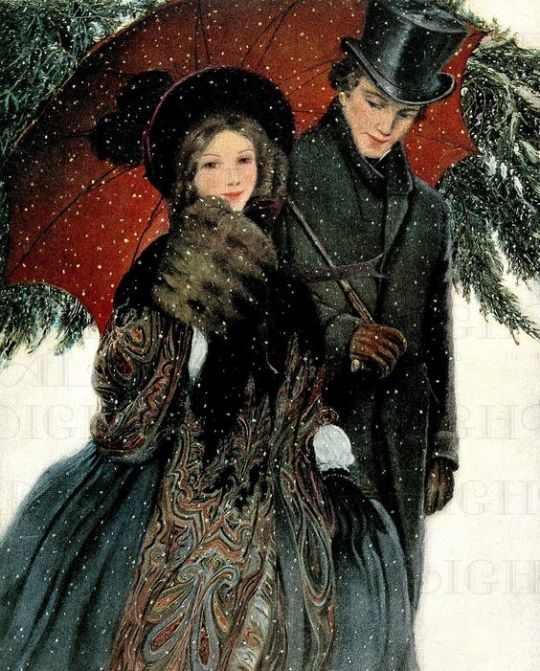#Victorian Christmas
Explore tagged Tumblr posts
Text

Christmas Eve, painting by J. Hoover and Son, 1878
#Christmas#Christmas Eve#art#art history#painting#Victorian period#Victorian Britain#Victorian England#Victorian Christmas#19th century art
200 notes
·
View notes
Text

Once Upon a Sesame Street Christmas (2016)
#sesame street#once upon a sesame street christmas#bert and ernie#snow#victorian christmas#muppet#muppets#gif#muppet gif#muppets gif#sesame street gif#gifs of puppets
173 notes
·
View notes
Text




161 notes
·
View notes
Text
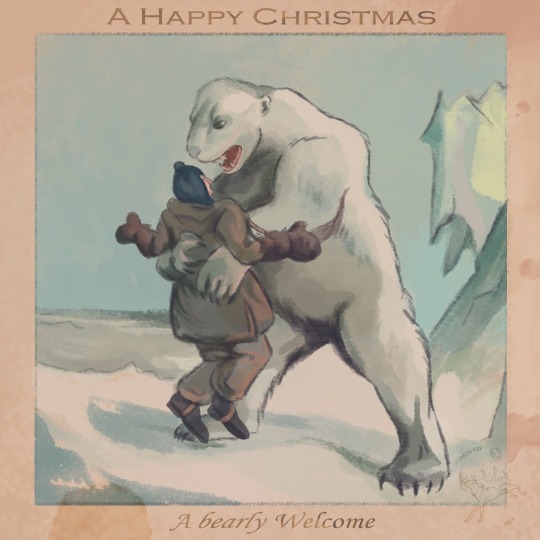
Season’s Greasons
#the terror#victorian christmas#my art#tuunbaq#graham gore#seasons greasons#this may be my finest work
1K notes
·
View notes
Text




The kind of Christmas I want is YULE.
#christmas#victorian christmas#dark christmas#yule#yuletide#yule log#witchblr#witches#witchcraft#witch aesthetic#candles#cold#fur coat#bones#yellowjackets
60 notes
·
View notes
Photo

🧸🎄 Clara ⚔️🐁
576 notes
·
View notes
Photo
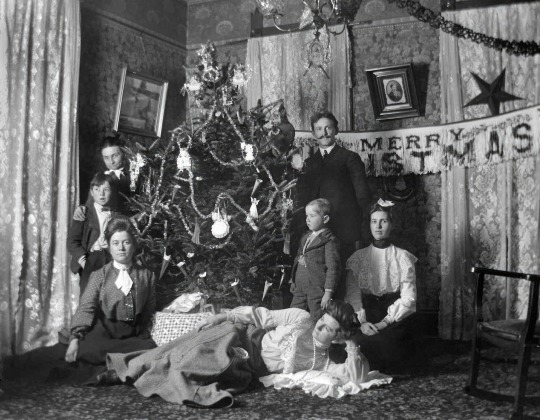
The history of Christmas traditions kept evolving throughout the 19th century, when most of the familiar components of the modern Christmas including St. Nicholas, Santa Claus, and Christmas trees, became popular. The changes in how Christmas was celebrated were so profound that it's safe to say someone alive in 1800 would not even recognize the Christmas celebrations held in 1900.
Washington Irving and St. Nicholas
Early Dutch settlers of New York considered St. Nicholas to be their patron saint and practiced a yearly ritual of hanging stockings to receive presents on St. Nicholas Eve, in early December. Washington Irving, in his fanciful History of New York, mentioned that St. Nicholas had a wagon he could ride “over the tops of trees” when he brought “his yearly presents to children.”
The Dutch word “Sinterklaas” for St. Nicholas evolved into the English “Santa Claus,” thanks in part to a New York City printer, William Gilley, who published an anonymous poem referring to “Santeclaus” in a children’s book in 1821. The poem was also the first mention of a character based on St. Nicholas having a sleigh, in this case, pulled by a single reindeer.
Clement Clarke Moore and The Night Before Christmas
Perhaps the best-known poem in the English language is “A Visit from St. Nicholas,” or as it’s often called, “The Night Before Christmas.” Its author, Clement Clarke Moore, a professor who owned an estate on the west side of Manhattan, would have been quite familiar with the St. Nicholas traditions followed in early 19th century New York. The poem was first published, anonymously, in a newspaper in Troy, New York, on December 23, 1823.
Reading the poem today, one might assume that Moore simply portrayed the common traditions. Yet he actually did something quite radical by changing some of the traditions while also describing features that were entirely new.
For instance, the St. Nicholas gift giving would have taken place on December 5, the eve of St. Nicholas Day. Moore moved the events he describes to Christmas Eve. He also came up with the concept of “St. Nick” having eight reindeer, each of them with a distinctive name.
Charles Dickens and A Christmas Carol
The other great work of Christmas literature from the 19th century is A Christmas Carol by Charles Dickens. In writing the tale of Ebenezer Scrooge, Dickens wanted to comment on greed in Victorian Britain. He also made Christmas a more prominent holiday and permanently associated himself with Christmas celebrations.
Dickens was inspired to write his classic story after speaking to working people in the industrial city of Manchester, England, in early October 1843. He wrote A Christmas Carol quickly, and when it appeared in bookstores the week before Christmas 1843 it began to sell very well.
The book crossed the Atlantic and began to sell in America in time for Christmas 1844, and became extremely popular. When Dickens made his second trip to America in 1867 crowds clamored to hear him read from A Christmas Carol. His tale of Scrooge and the true meaning of Christmas had become an American favorite. The story has never been out of print, and Scrooge is one of the best-known characters in literature.
Santa Claus Drawn by Thomas Nast
The famed American cartoonist Thomas Nast is generally credited as having invented the modern depiction of Santa Claus. Nast, who had worked as a magazine illustrator and created campaign posters for Abraham Lincoln in 1860, was hired by Harper’s Weekly in 1862. For the Christmas season, he was assigned to draw the magazine’s cover, and legend has it that Lincoln himself requested a depiction of Santa Claus visiting Union troops.
The resulting cover, from Harper’s Weekly dated January 3, 1863, was a hit. It shows Santa Claus on his sleigh, which has arrived at a U.S. Army camp festooned with a “Welcome Santa Claus” sign.
Santa’s suit features the stars and stripes of the American flag, and he’s distributing Christmas packages to the soldiers. One soldier is holding up a new pair of socks, which might be a boring present today, but would have been a highly prized item in the Army of the Potomac.
Beneath Nast's illustration was the caption, “Santa Claus In Camp.” Appearing not long after the carnage at Antietam and Fredericksburg, the magazine cover is an apparent attempt to boost morale in a dark time.
The Santa Claus illustrations proved so popular that Thomas Nast kept drawing them every year for decades. He is also credited with creating the notion that Santa lived at the North Pole and kept a workshop manned by elves. The figure of Santa Claus endured, with the version drawn by Nast becoming the accepted standard version of the character. By the early 20th century the Nast-inspired version of Santa became a very common figure in advertising.
Prince Albert and Queen Victoria Made Christmas Trees Fashionable
The tradition of the Christmas tree came from Germany, and there are accounts of early 19th century Christmas trees in America, but the custom wasn’t widespread outside German communities.
The Christmas tree first gained popularity in British and American society thanks to the husband of Queen Victoria, the German-born Prince Albert. He installed a decorated Christmas tree at Windsor Castle in 1841, and woodcut illustrations of the Royal Family’s tree appeared in London magazines in 1848. Those illustrations, published in America a year later, created the fashionable impression of the Christmas tree in upper-class homes.
By the late 1850s reports of Christmas trees were appearing in American newspapers. And in the years following the Civil War ordinary American households celebrated the season by decorating a Christmas tree.
The first electric Christmas tree lights appeared in the 1880s, thanks to an associate of Thomas Edison, but were too costly for most households. Most people in the 1800s lit their Christmas trees with small candles.
The First White House Christmas Tree
The first Christmas tree in the White House was displayed in 1889, during the presidency of Benjamin Harrison. The Harrison family, including his young grandchildren, decorated the tree with toy soldiers and glass ornaments for their small family gathering.
There are some reports of president Franklin Pierce displaying a Christmas tree in the early 1850s. But the stories of a Pierce tree are vague and there doesn't seem to be contemporaneous mentions in newspapers of the time.
Benjamin Harrison's Christmas cheer was closely documented in newspaper accounts. An article on the front page of the New York Times on Christmas Day 1889 detailed the lavish presents he was going to give his grandchildren. And though Harrison was generally regarded as a fairly serious person, he vigorously embraced the Christmas spirit.
Not all subsequent presidents continued the tradition of having a Christmas tree in the White House. By the middle of the 20th century, White House Christmas trees became established. And over the years it has evolved into an elaborate and very public production.
The first National Christmas Tree was placed on The Ellipse, an area just south of the White House, in 1923, and the lighting of it was presided over by President Calvin Coolidge. The lighting of the National Christmas Tree has become quite a large annual event, typically presided over by the current president and members of the First Family.
Yes, Virginia, There Is a Santa Claus
In 1897 an eight-year-old girl in New York City wrote to a newspaper, the New York Sun, asking if her friends, who doubted the existence of Santa Claus, were right. An editor at the newspaper, Francis Pharcellus Church, responded by publishing, on September 21, 1897, an unsigned editorial. The response to the little girl has become the most famous newspaper editorial ever printed.
The second paragraph is often quoted:
"Yes, VIRGINIA, there is a Santa Claus. He exists as certainly as love and generosity and devotion exist, and you know that they abound and give to your life its highest beauty and joy. Alas! how dreary would be the world if there were no Santa Claus. It would be as dreary as if there were no VIRGINIAS."
Church’s eloquent editorial asserting the existence of Santa Claus seemed a fitting conclusion to a century that began with modest observances of St. Nicholas and ended with the foundations of the modern Christmas season firmly intact.
By the end of the 19th century, the essential components of a modern Christmas, from Santa to the story of Scrooge to strings of electric lights were firmly established in America.
Source
218 notes
·
View notes
Text

#romantic academia#books and coffee#moodboard#dark academia aesthetic#dark academia moodboard#soft aesthetic#light academia moodboard#dark academia vibes#aesthetic#source: pinterest#not my oc#art academia#breakfast in bed#slow living#vintage home#cozy cottage kitchen#autumn cozy#russian winter#winter#winter aesthetic#snow scenes#winter season aesthetic#winter magic aesthetic#cottagecore Christmas#victorian christmas#Anthropologie Christmas tree#vintage christmas#vintage Christmas aesthetic#old fashioned aesthetic
44 notes
·
View notes
Text
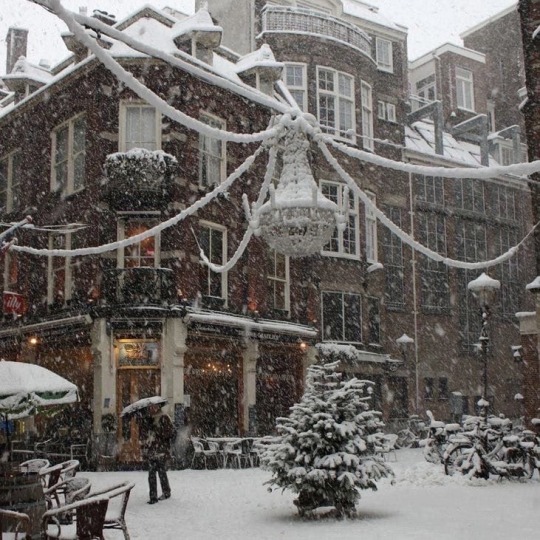


winter wonderland .⋆。⋆🎄˚。⋆。˚☽˚。⋆.
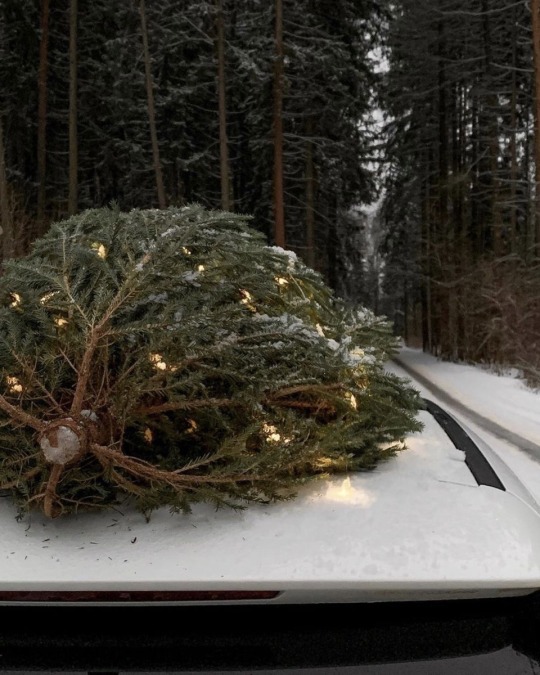

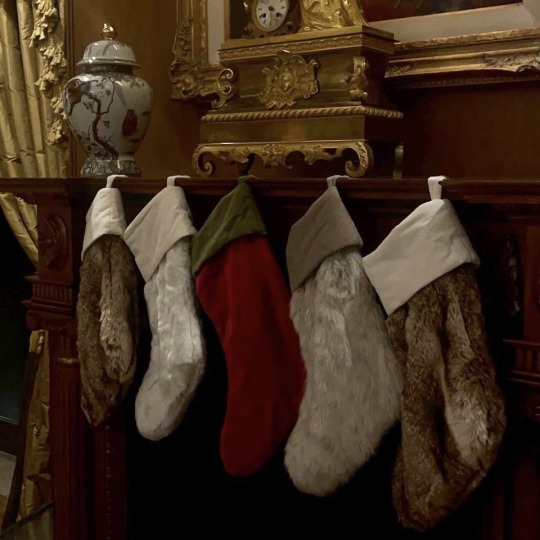


#december#winter aesthetic#christmas#xmas#winter#vintage#lana del rey#lizzy grant#coquette#dollette#dark christmas#victorian christmas#christmas moodboard#dark acadamia aesthetic#gilmore girls#pinterest aesthetic#snow angel#white christmas#new month#cosy vibes#winter fashion#girl blogger#december 1st
202 notes
·
View notes
Text

#Christmas#history#victorian era#victorian christmas#ghosts#ghost stories#history of christmas#history.com#articles#elizabeth yuko#dark christmas#dark winter
41 notes
·
View notes
Text
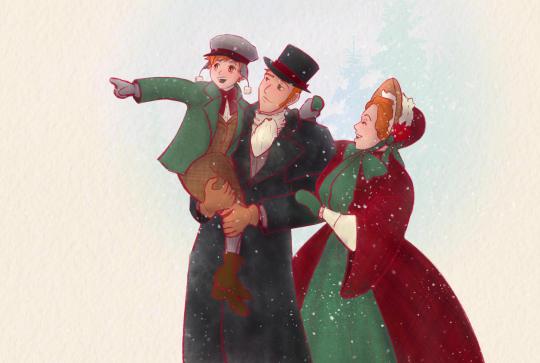
For Ichigo and Orihime, my little prompt generator gave me: Period costume, Seasonal, and Nature. This seemed the perfect opportunity to have the Kurosaki family dressed up for a Victorian Christmas. I'm really happy with the way it turned out. They look cute!
The nature theme is not strong, but is in there with the snow.
#my art#fanart#ichihime#kazui kurosaki#kurosaki family#victorian fashion#victorian christmas#prompt generator#happy holidays#and stay cozy
169 notes
·
View notes
Text

Muppets Christmas Carol moodboard
Requested by: anon
x x x x x x x x x
#frog's boards#moodboard#a christmas carol#muppets christmas carol#the muppets#christmas aesthetic#christmas carol aesthetic#victorian#victorian christmas#cosy#snow#graveyard
39 notes
·
View notes
Text
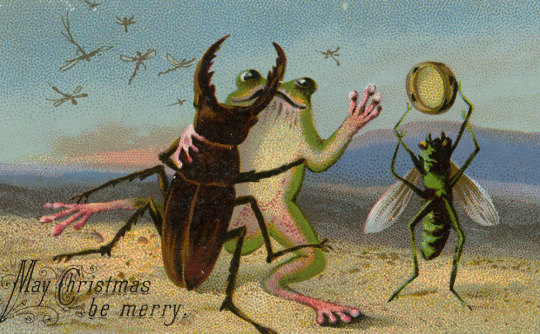
Losing my mind laughing about Victorian Christmas cards

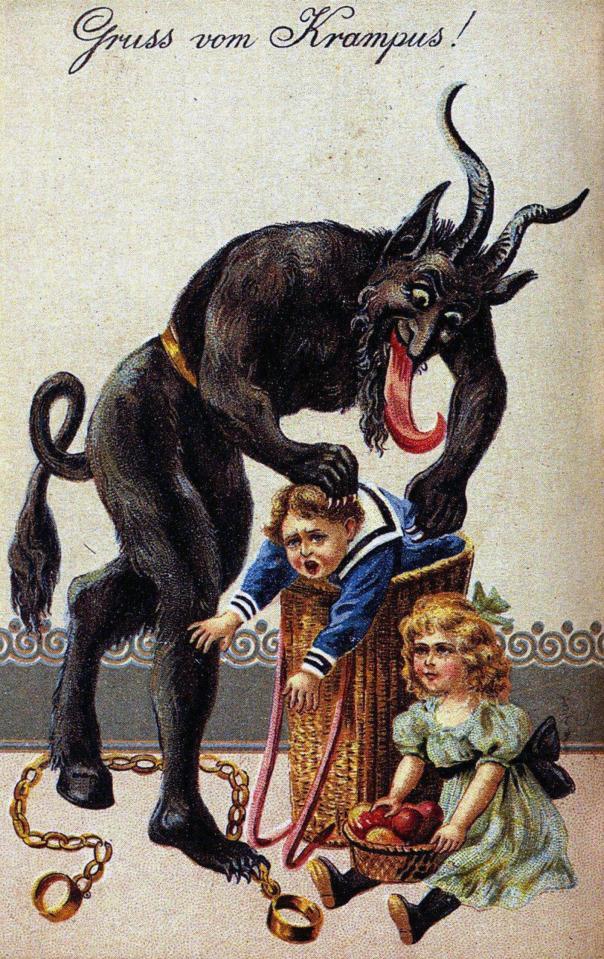

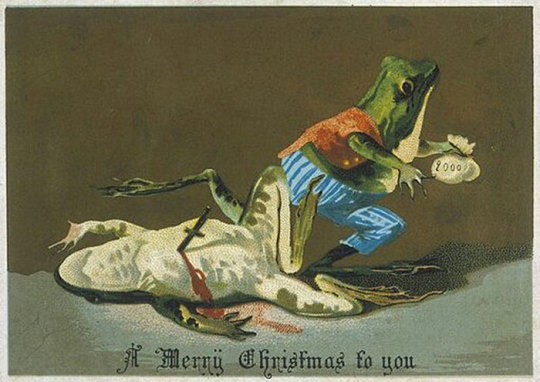
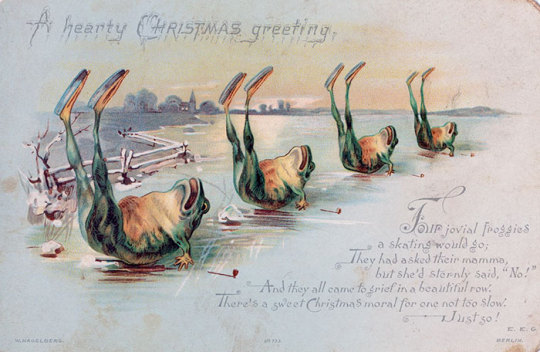

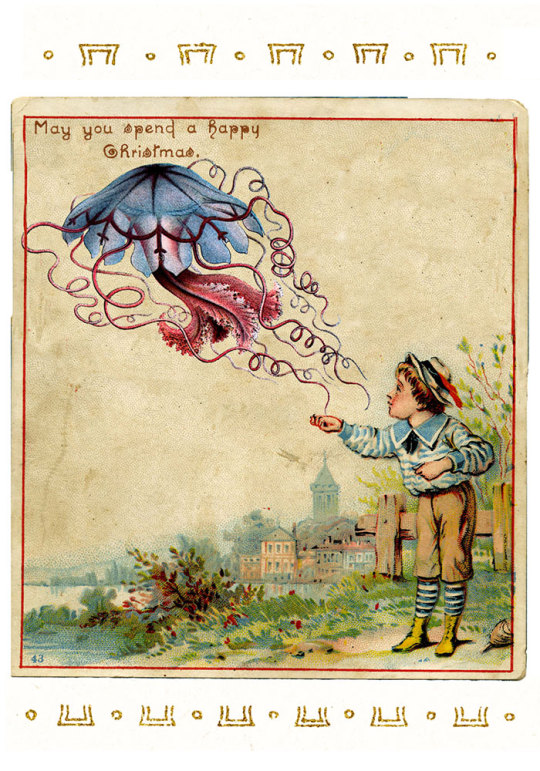
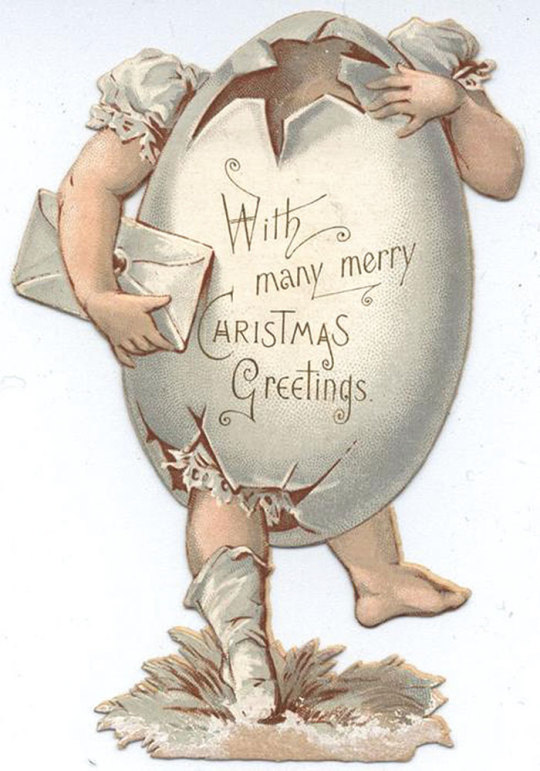


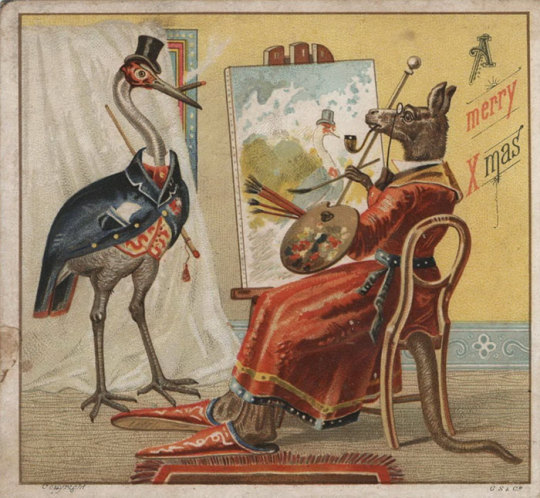
I don't even know what to say
Also why did the Victorian have such a big thing for frogs on christmas cards?
#what even is this#i feel like there should be several trigger warnings but I don't even know what to say#tw disturbing#idk how to tag this#victorian christmas#christmas cards#victorian art#christmas#not my art
144 notes
·
View notes
Text


youtube
🎀🎄🍊December vibes🍊🎄🎀
I'm so happy with this video, I had such a good time filming and tried some subtle effects for the first time when editing! Please go watch it if you want to 🩷🎄🍊🎀✨
Ps-❤️🎄✨Don't forget to let me know if you subscribe to my channel so I can subscribe back to you✨🎄❤️


#mina's videos#victorancore#vintagecore#victorian christmas#vintage christmas#small artist#traditional art#journaling#crafts#artists on tumblr#youtumblr#my stuff#Youtube
23 notes
·
View notes
Text
i'm always feeling nostalgic during the holidays, but not the kind of nostalgia where you think about your childhood. i'm nostalgic for a place there never was and for an atmosphere i never felt. i long for a home that i'm not even sure exists.
#dark academia#light academia#books#mental health#beautiful words#original words#christmas season#victorian christmas#quotes#autumn#winter#winter wonderland
28 notes
·
View notes
